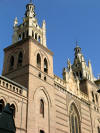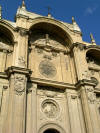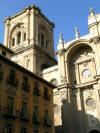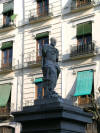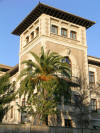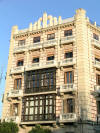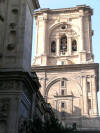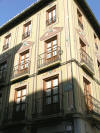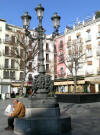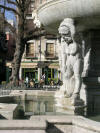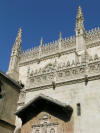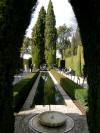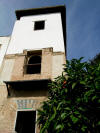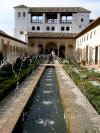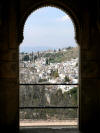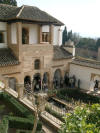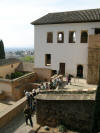Round The World and other travels
A frequent flyer's collection of trip diaries
March 2012: Granada
As an avid traveller, I had been aware for many years that my knowledge of Spain was not all that it should be. The single most glaring gap, in my opinion, was the Andalusian city of Granada, home to the great Moorish palace, the Alhambra. Being a classical music fan made matters worse: every time I heard Tárrega's famous guitar piece Recuerdos de la Alhambra, it forcibly brought home to me that actually, I didn't have any such memories. As far as I was concerned the situation was no longer tenable, and as I began to consider my travel plans for spring 2012, I decided that a visit to the city was now a top priority.
Granada sits at the foot of the Sierra Nevada mountains, about an hour's drive inland from Spain's Costa Tropical. Despite having its own airport, it's not the easiest destination to reach in a weekend visit. After considering various possibilities, I opted to fly into Malaga on the British Airways service from London City, completing the journey by rental car. I drove north and then east to reach my destination, then south to Motril and west along the coast for a contrasting return.
The modern city is home to around a quarter of a million people, but as it also boasts a prestigious university, the population is swollen by substantial numbers of students. Granada was the last Muslim stronghold in Spain and part of its attraction, on both an architectural and cultural level, is the interplay between its Islamic and Christian heritage. Mid-March made for an excellent off-season visit: tourist numbers were well under control and the afternoons were warm and sunny. The downside was that, at this elevation, mornings and evenings tended to be not just cool, but downright cold.
City Centre
It seemed logical to begin my explorations with a stroll around the city centre, home to the cathedral and a number of other interesting buildings reflecting the last few centuries of Christian dominance in the city.
Albaicín District
The Albaicín is an extensive, hilly district directly overlooked by the Alhambra and itself overlooking the modern city centre. A walk here is a journey through Granada's medieval Moorish past, characterised by a disorientating network of narrow lanes and streets that carve their way through a seemingly never-ending array of neat, whitewashed buildings. Along with the Alhambra and the Generalife, this quarter has been a UNESCO World Heritage Site since 1984. I started and finished my own tour at the Plaza Nueva.
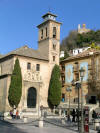 |
 |
 |
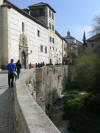 |
 |
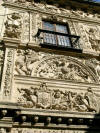 |
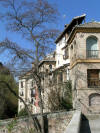 |
 |
 |
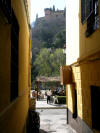 |
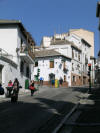 |
 |
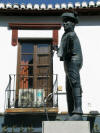 |
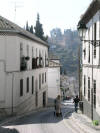 |
 |
 |
 |
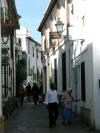 |
 |
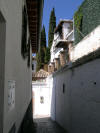 |
 |
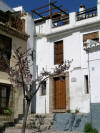 |
 |
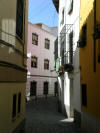 |
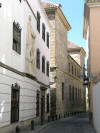 |
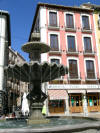 |
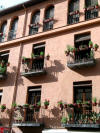 |
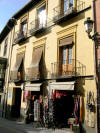 |
 |
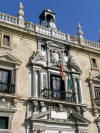 |
The Alhambra
The crowning glory of Granada, almost literally given its hilltop location, is the Alhambra - a fortress, palace and gardens complex built in the 14th century by the rulers of the Emirate of Granada in al-Andalus. It contains some of Spain's most striking Islamic architecture, as well as some 16th-century Christian additions made following the Reconquista. Quite apart from the complex itself, the views over the city and the surrounding countryside are outstanding.
 |
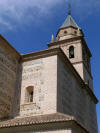 |
 |
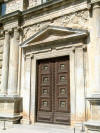 |
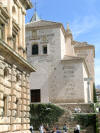 |
 |
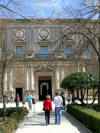 |
 |
 |
 |
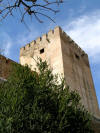 |
 |
 |
 |
 |
 |
 |
 |
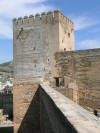 |
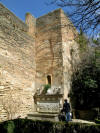 |
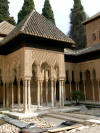 |
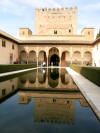 |
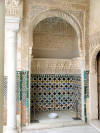 |
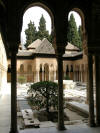 |
 |
 |
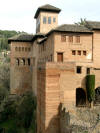 |
 |
 |
 |
The Generalife
The Palacio de Generalife, nearby the Alhambra, was the Emir's summer retreat. It shares World Heritage Site status with the Alhambra and the Albaicín district. A common entrance ticket covers admission to the Alhambra and the Generalife.
Base: Palacio de Santa Paula (Marriott Autograph Collection)






